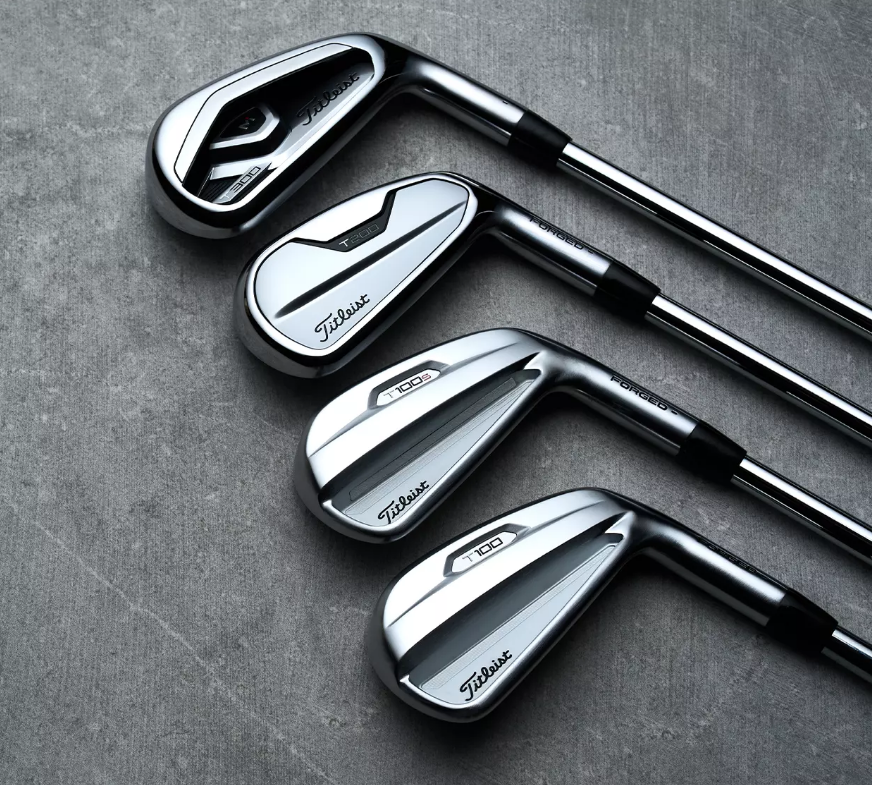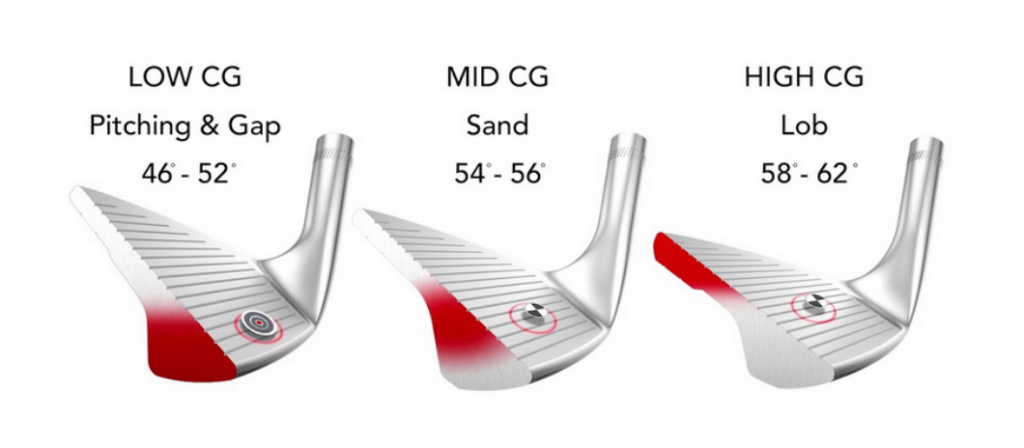INDEX
Golf club, Iron, Wedge
Golf is a sport in which you have to put the ball into a hole cup through swings and shots.
In the order of sending distance, “drivers” are sent the furthest, “wood” is sent the next, “iron” is made to send shorter distances, “wedge” is made to spend close distance around the green, and finally “putters” are made to put the ball in the hole cup on the green.
Let’s learn about Iron Club, Wedge, and Putter.
1. Iron Club.
Among golf clubs, “Iron Club” is one of the types of golf clubs, referring to clubs whose heads are made of iron.
The “Iron Club” is divided into nine different types, each of which has a unique number and name. The shaft is shorter and designed for higher accuracy.
“Iron Club” is mainly used for shots on fairways, and among them, the lower the number, the further it flies.

Except for “wood” and “utility,” including “driver,” “driving iron No. 1, “2, “3, “4, and “5 iron” are usually referred to as “long irons,” and “middle irons,” “middle irons,” “8, and 9 irons and pitching irons (10 iron) among wedges are referred to as “short irons.”
Iron is divided into forging and casting, depending on the method of manufacturing the head, and “forging” is made by beating and molding it like a blacksmith, and casting is called “casting” by pouring metal into a certain mold.
As a result, when a lot of labor is required to make expensive bonds, they are made in a forging method, and those made for mass production are cast bonds that are popularly made.
Therefore, it is safe to regard all the clubs used by the general public, that is, amateur golfers, as cast bonds.
The head is divided into muscle back and cavity back depending on the shape, and muscle back is an iron club mainly used by professional golfers because it is integrated like a muscle and has good distance and direction.
However, it is an iron club that is unsuitable for beginners and should be used by golfers of intermediate level or higher as it can be less sophisticated if the shot is not controlled.
On the other hand, the cavity back type has a pocket-like shape in the back of the club, so it is called this way.
The cavity back type has the advantage of being able to secure a certain degree of distance and direction by correcting it even if the control of the shot is low, although the distance and directionality are low.
It can be said to be an iron suitable for golfers under the intermediate level.
As such, Iron Club, unlike other clubs such as drivers, woods, and utilities, is often used for on-green purposes, where the ball is blown high and placed on the green rather than flying it far away.
It can be said that it is a club used for the purpose of properly standing near the pinhole rather than rolling away from the green.
2. Wedge Club.
Golf wedge clubs have iron heads just like iron, and the weight of their heads is heavier than regular iron clubs. Instead, the shaft of the golf club is shorter, and the loft angle is designed to be large for higher accuracy.
Wedges are divided into four types, with each club having its own number and name.
A pitching wedge (PW) has a loft angle of 44 to 48 degrees, and is a club that can play the longest (120 to 130yd for regular male golfers).
Approach wedge (AW), or Gap wedge (GW), has a loft angle of 50 to 54 degrees and is a club to fill the gap between the pitching wedge and the sand wedge (110 to 120yd for regular male golfers).

Sand Wedge (SW) has a loft angle of 54-58 degrees and is a club mainly used for bunker shots and short-range shots within 90-110yd (for regular male golfers).
The Lob Wedge (LW) has a loft angle of 60 to 64 degrees and is a club used to float high and stop right next to a pinhole above the green
In general, if you send less than 90yd, you have to take a control shot using a sand wedge or a robe wedge, but when you take a control shot like this, it is usually called an “approach shot.”
In general, professional golfers and seniors practice approach shots almost 40% of their practice.
As such, it can be said that approach shots are directly related to the score and require a lot of practice.